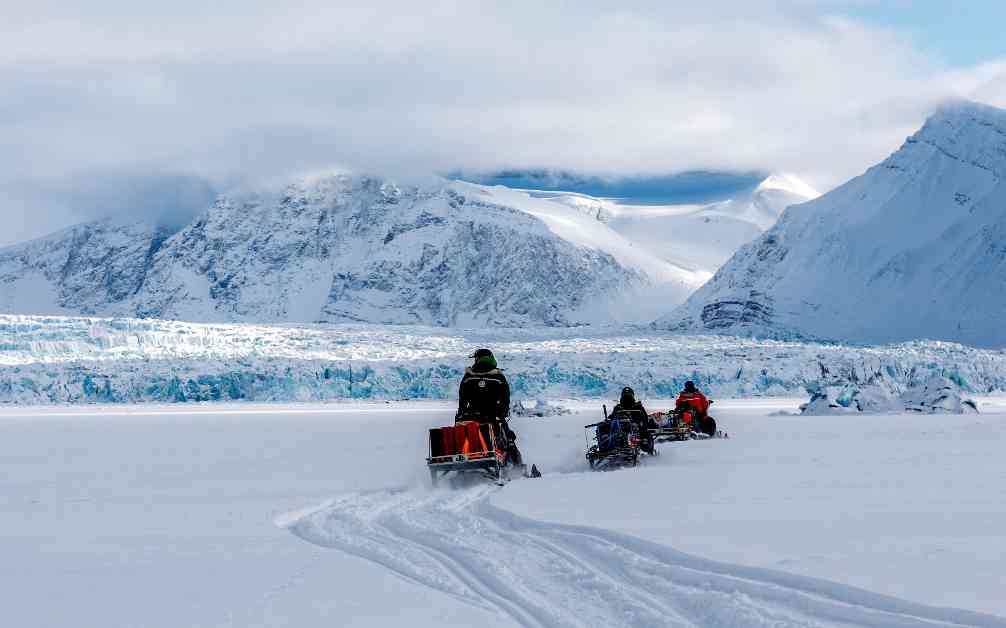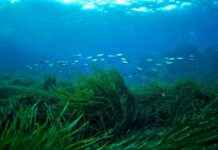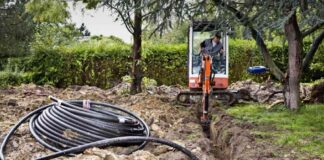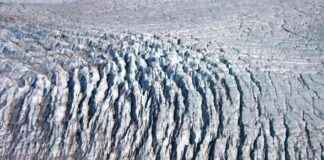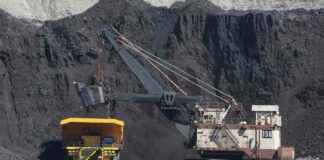A US-based nonprofit, the Arctic Ice Project (AIP), recently made headlines as it announced the cancellation of its geoengineering experiments in Alaska. The organization had initially proposed releasing tiny silica particles over parts of the Arctic Ocean to reflect sunlight and cool down melting ice. However, concerns about potential risks to the Arctic food chain and resistance to introducing new materials into the environment led to the project’s termination.
The decision to halt the experiments was met with mixed reactions from various groups. Climate and indigenous campaigners celebrated the shutdown, highlighting the longstanding opposition from indigenous communities in Alaska due to fears of collateral impacts. Panganga Pungowiyi, a climate geoengineering organizer at the Indigenous Environmental Network (IEN), expressed concerns about the use of harmful materials and emphasized the importance of ecosystem health and indigenous wisdom.
International Policy and Emerging Technologies
The concept of geoengineering, which includes various controversial methods aimed at combating global warming, has gained attention in international policy discussions. While some countries advocate for global regulation, others have implemented cautionary bans on experiments. More than 190 countries have signed a moratorium on new geoengineering experiments under the United Nations’ biodiversity convention, with recent reports indicating ongoing experiments despite the global agreement.
German non-profit Geoengineering Monitor revealed a series of experiments involving ocean fertilization and solar radiation management techniques, which have raised environmental concerns and sparked debates on the ethical implications of such interventions. Amidst these discussions, the US-based startup Make Sunsets faced backlash for conducting tests without prior consent, leading to regulatory actions and widespread criticism.
Arctic Ice Management and Indigenous Perspectives
While the Arctic Ice Project has ceased its operations, other startups have ventured into Arctic ice management methods to address melting ice through human interventions. These approaches, including the use of silicon dioxide particles and seawater pumping to thicken ice cover, have sparked debates among environmentalists and indigenous groups. Indigenous organizations have called for a stop to these experiments, emphasizing the sacred relationship with nature and the potential risks associated with altering natural ecosystems.
As the debate on geoengineering continues to evolve, experts and stakeholders emphasize the need for careful consideration of the long-term impacts on the environment and indigenous communities. The intersection of emerging technologies, environmental concerns, and indigenous perspectives underscores the complexity of addressing climate change through innovative interventions. By engaging in meaningful dialogue and fostering collaboration, policymakers and researchers can navigate these challenges and work towards sustainable solutions that prioritize ecosystem health and community well-being.

